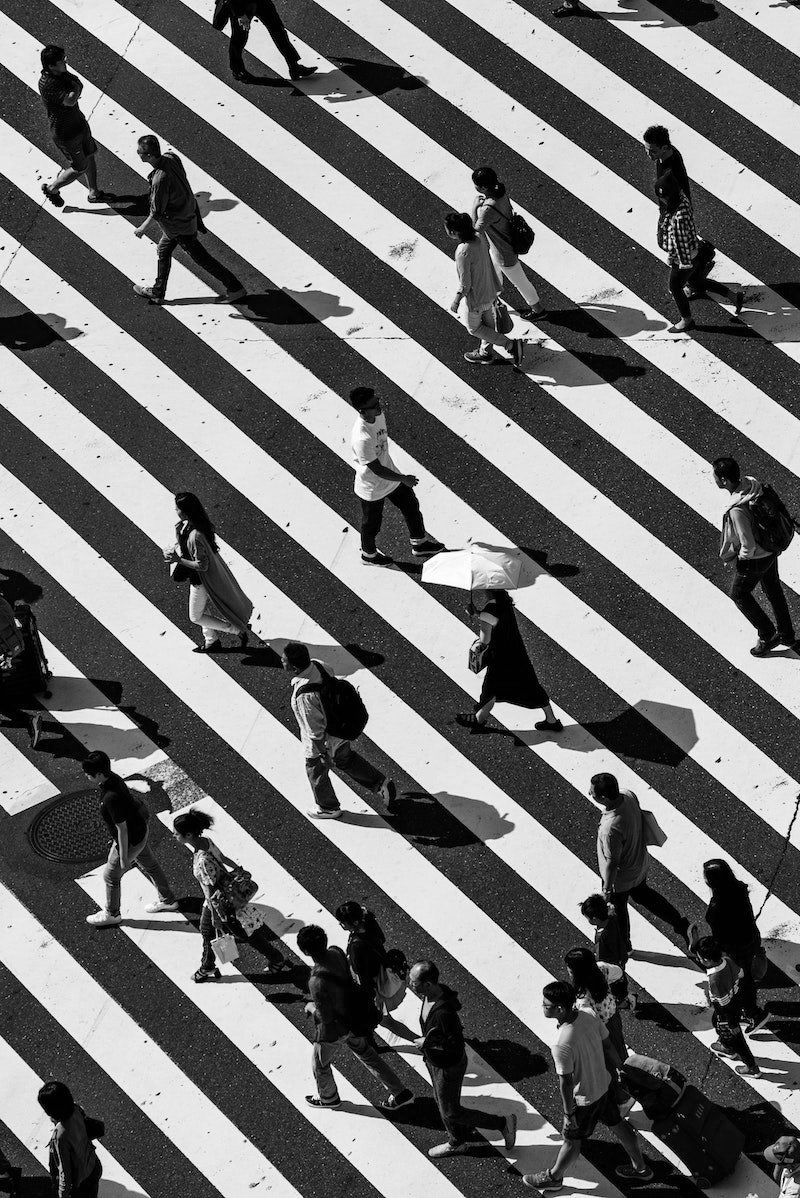Collective and Vicarious Trauma: How does it impact us?
Have you been feeling overwhelmed and burnt out by the news, by the experiences of the past few years? Do the transitions and chaos of the world feel too much?
You may be experiencing Collective and Vicarious trauma and compassion fatigue. You are not alone. Many people are having symptoms of these challenges currently. In honor of Black History Month, I wanted to write about this topic as the black, brown, and indigenous people of the world have experienced some of the most trauma. Due to the color of their skin and a society ruled by systems of the Patriarchy, these groups have had severe violence inflicted upon them and their families throughout history. This has left a mark that continues to impact us to this day.
Why are we experiencing more Collective trauma + Vicarious trauma?
The world we live in presently is the most overwhelmed, traumatized and wounded society that has ever existed. We have more humans on the earth than at any time previously. We have more depressed and anxious people. We have hundreds of years of collective physical, emotional, religious, medical, judicial, financial, and more, trauma. We are all carrying around pain from our lineage and ancestors in our bones, in our DNA, and genetic coding. Pain from the past lives on within us, until we heal it.
As a result of hundreds of years of collective trauma, and without collective healing, we are experiencing more intensity around the trauma we are currently going through on a global level. In short, the unresolved trauma from the past is impacting how we are responding to the present traumas. Many people are operating under autopilot and conditioned, wounded, patterns and beliefs that have been passed down in their family through time. This keeps us disconnected from our present needs and experiences and how we alone can shift them.
We experience more collective and vicarious trauma in our current society as a result of social media and the news. A hundred years ago, we had no idea what was going on in China, unless you lived there. You didn’t know what was going on in Kenya, Egypt, Bolivia. You might have heard news days, weeks, or months later, not instantly. You might have read headlines and brief news articles; you didn’t see violence depicted daily. You didn’t watch people die on a daily basis. We didn’t have the weapons and technology we have now, which make experiencing these kinds of trauma much more common unfortunately.
What are the differences between Collective + Vicarious trauma?
Collective trauma refers to trauma that takes place on a collective level and impacts the collective energy. The pandemic is a good example of collective trauma. There has never been an event that impacted us at a global level like this. George Floyd’s death, and many others, is another example of collective trauma. Witnessing this atrocity over and over on the news is collective trauma. To watch the inhumanity of that moment impacts our heart and souls on a deep level, whether or not you register this. It threatens your internal wellbeing and creates dysregulation within to witness the trauma of a life taken. When we see a human life being treated so carelessly, it creates a deep breakdown within us. We begin to fear that we too will be treated this way “if we don’t behave” and fall in line with the Oppressor.
We have become somewhat numb and dissociated to these events, as they happen so frequently these days. Racism and slavery are collective trauma. The holocaust is another example. Trauma that impacts people on a large scale. These situations impact us and how we view the world. The more threatened we feel within, the more we perceive things outside of ourselves as threat. We can begin to see how this becomes dangerous for us all, and why we have increasing Collective trauma.
Vicarious trauma refers to what we experience in witnessing someone else experience a hardship or suffering. In witnessing a person experience a violent act it can also traumatize the observer of the act, and not just the person who experienced the suffering. For example, the family members of people who have been in shootings might also experience trauma as a result of knowing someone they loved was in that kind of situation, even if their loved one survived, let alone if they did not. This experience might cause a family member to become more anxious and paranoid. This kind of trauma impacts us if we know someone who has experienced trauma. It is more individualized than Collective trauma.
What are the effects and symptoms of Vicarious trauma and Collective trauma?
One might feel numb and dissociated to events. A person might stop feeling any emotional reaction to the suffering of others as a means to cope with the amount of suffering in the world. This might include using substances or entertainment to numb and forget. This is a kind of burying our head in the sand, and results in an underactive system.
Vicarious and Collective trauma might also increase a person’s fear and sense of threat in the world. It might make someone more paranoid and afraid to leave the house or engage with the world. This might make a person more hypervigilant and aware of their environment, but in a way that is always looking for threat, and see threats when they don’t actually exist. These experiences can disrupt our sleep and cause trouble falling or staying asleep. A person may also have nightmares as a result of vicarious and collective trauma. They will have trouble trusting the world is safe, and I can certainly understand why.
How do you manage the effects of Vicarious and Collective trauma?
The best thing we can do is to focus on creating internal safety for ourselves. When we feel safe within our body, it becomes easier to feel safe in the world. When we can ground ourselves, we feel more confident in being able to regulate our emotions and keep ourselves safe in challenging situations. Placing your focus and awareness on the areas of life you do have control over and making choices that nourish you and help you feel soothed will also help you recover from Vicarious and Collective trauma. Allowing ourselves to have plenty of rest and making sure we are reaching out to our supportive community when we are feeling heavy emotions and afraid of the world. Our loved ones experience these hardships too, and we are not alone.
It is also helpful to think of our ancestors and all they overcame. Our ancestors were resilient, and so are we! We can lean on their support to make it through our present challenges. We can use our strengths to persevere and help our community do the same. We can be loving and compassionate to everyone we meet now and be a good “neighbor” to the world. This adds more love, and helps to heal the collective pain that exists today.
I hope this journal has been helpful for you and given you a better understanding of Collective and Vicarious trauma, and its impact on your life. To learn more about healing from these experiences, click here to learn more about working with me.
Sarah Seraphina is a Spiritual Activator and Liberation Guide. She is the owner of Nurtured Essence, a healing space, aimed at helping women overcome their past patterns and fears, so they may thrive and live with more power, purpose, ease, and joy. She specializes in working with healers, recovering empaths and “Damsels in Distress”, highly-sensitive women, lightworkers, and women with a sacred mission.



